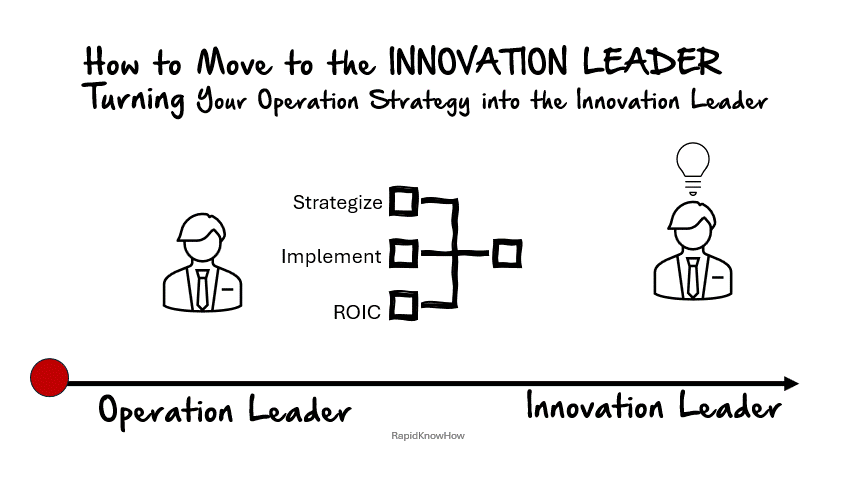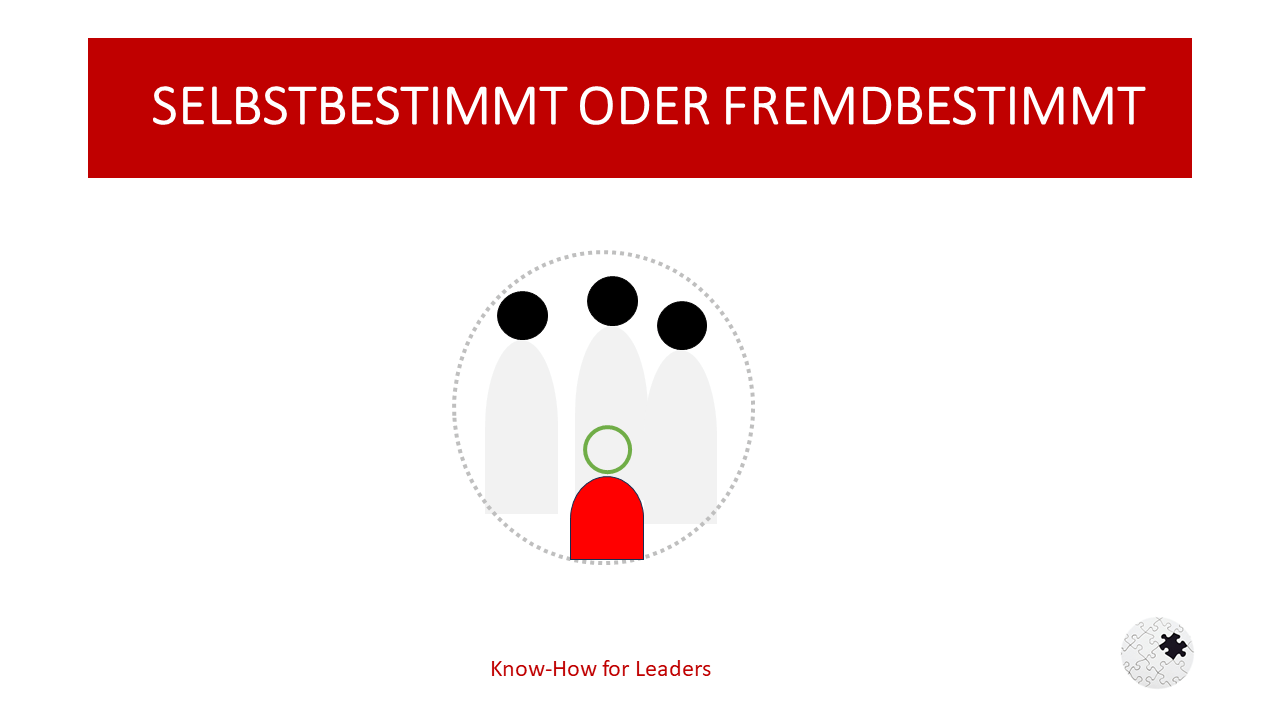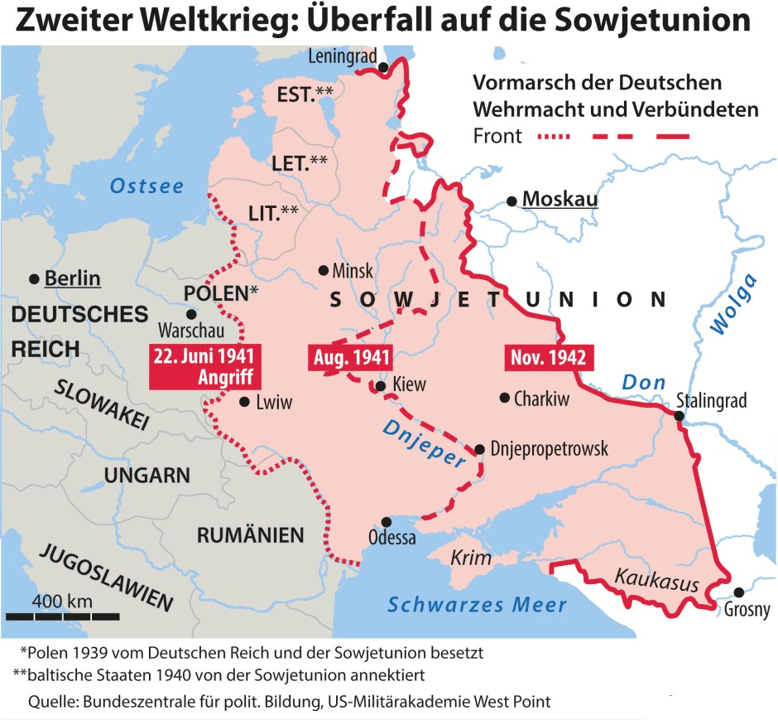Below are examples applying the “Cui Bono” assessment for each leadership category, complete with hypothetical scenarios, identified actors, motivations, and benefit scores.
1. Business Leadership
Scenario: A company decides to automate its manufacturing process.
Identified Actors:
- Shareholders
- Employees
- Customers
- Management
Motivations:
- Shareholders: Increased profits due to lower labor costs.
- Employees: Job loss or job reassignment.
- Customers: Potential lower prices due to cost savings.
- Management: Streamlined operations and improved efficiency.
Benefit Scores (1-5):
- Shareholders: 5 (high benefit)
- Employees:1 (low benefit)
- Customers: 4 (moderate benefit)
- Management: 4 (moderate benefit)
2. Career Leadership
Scenario: An individual seeks additional certification for career advancement.
Identified Actors:
- The Individual
- Employer
- Colleagues
- Certification Body
Motivations:
- The Individual: Improved skills and career prospects.
- Employer: More skilled workforce; potential employee retention.
- Colleagues: Possible increased competition for promotions.
- Certification Body: Financial gain from course fees.
Benefit Scores (1-5):
- The Individual: 5 (high benefit)
- Employer:4 (moderate benefit)
- Colleagues:2 (low benefit)
- Certification Body:5 (high benefit)
3. AI Leadership
Scenario: A tech company releases an AI-driven analytics tool.
Identified Actors:
- Developers
- Clients using the tool
- Competitors
- Regulators
Motivations:
- Developers: Career advancement and financial gain.
- Clients: Improved decision-making and efficiency.
- Competitors: Need to adapt or lose market share.
- Regulators: Ensuring compliance with standards.
Benefit Scores (1-5):
- Developers: 5 (high benefit)
- Clients:4 (high benefit)
- Competitors:2 (low benefit)
- Regulators:3 (moderate benefit)
4. Innovation Leadership
Scenario: A startup develops a groundbreaking renewable energy technology.
Identified Actors:
- Investors
- Consumers
- Competitors in the energy market
- Environmental NGOs
Motivations:
- Investors: Return on investment from a successful product.
- Consumers: Access to cleaner energy and potential cost savings.
- Competitors: Increased pressure to innovate.
- Environmental NGOs: Achievement of sustainability goals.
Benefit Scores (1-5):
- Investors: 4 (high benefit)
- Consumers:5 (high benefit)
- Competitors:2 (low benefit)
- Environmental NGOs:4 (high benefit)
5. Political Leadership
Scenario: A government proposes new tax incentives for electric vehicles.
Identified Actors:
- Auto manufacturers
- Consumers
- Environmental activists
- Taxpayers
Motivations:
- Auto manufacturers: Increased sales of electric vehicles.
- Consumers: Financial benefits from tax incentives.
- Environmental activists: Reduced carbon emissions.
- Taxpayers: Concerns about government spending and priorities.
Benefit Scores (1-5):
- Auto manufacturers:5 (high benefit)
- Consumers: 4 (high benefit)
- Environmental activists: 5 (high benefit)
- Taxpayers:2 (low benefit)
6. Health Care Leadership
Scenario: A hospital implements a new electronic health records (EHR) system.
Identified Actors:
- Patients
- Healthcare providers
- Insurance companies
- EHR vendors
Motivations:
- Patients: Improved access to their medical records.
- Healthcare providers: Enhanced efficiency and better patient care.
- Insurance companies: Streamlined claims processing.
- EHR vendors: Profit from software sales and ongoing support.
Benefit Scores (1-5):
- Patients: 4 (high benefit)
- Healthcare providers:5 (high benefit)
- Insurance companies: 4 (high benefit)
- EHR vendors: 5 (high benefit)
7. Sustainability Leadership
Scenario: A corporation commits to a zero-waste policy.
Identified Actors:
- Company Executives
- Employees
- Local Community
- Shareholders
Motivations:
- Company Executives: Enhancing corporate image and leadership.
- Employees: Job security and morale from sustainable practices.
- Local Community: Environmental benefits and potential job creation.
- Shareholders: Concerns about potential costs associated with sustainability.
Benefit Scores (1-5):
- Company Executives: 5 (high benefit)
- Employees:4 (moderate benefit)
- Local Community: 5 (high benefit)
- Shareholders: 2 (low benefit)
These examples illustrate how the “Cui Bono” approach can help analyze the benefits and motivations of different stakeholders in various leadership contexts.





